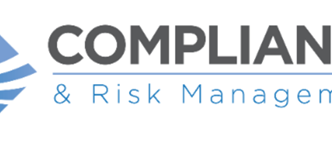The Consumer Financial Protection Bureau (CFPB) last week released a small entity compliance guide for its short-term, small-dollar loan rule, otherwise known as the “payday” rule. Though the bureau proposed updates to the rule earlier this month, that proposal does not address the payment-related requirements of the rule covered in this small entity compliance guide.
According to the bureau, the guide highlights information that may be helpful when implementing the payment-related questions of the rule. However, the CFPB strongly emphasized that the guide is not a substitute for reviewing the rule itself.
- Covered short-term loans that require repayment within 45 days of consummation or an advance. Such loans are covered loans regardless of the cost of credit;
- Covered longer-term loans that have certain types of balloon-payment structures. These loans are also covered loans regardless of the cost of credit; and
- Covered longer-term loans that have a cost of credit exceeding a 36 percent annual percentage rate and that have a leveraged payment mechanism giving the lender the right to initiate transfers from the consumer’s account without further action by the consumer.
The guide specifically notes that certain loans that “generally conform to the NCUA’s requirements for Payday Alternative Loan program are exempted from being covered loans.”
The rule’s payment provisions impose two types of requirements regarding lenders’ repeated attempts to withdraw payments from consumers’ accounts after prior attempts have failed due to insufficient funds:
- Where two consecutive withdrawal attempts have failed due to insufficient funds, the rule prohibits a lender from attempting another withdrawal from the same account unless the lender obtains the consumer’s new and specific authorization to make further withdrawals from the account. This applies whether the two failed attempts are initiated through a single payment channel or different channels. They do not apply to a lender’s withdrawal attempts if the lender is the institution that holds the consumer’s account and the lender meets certain conditions
- A lender is required to provide a written notice before its first attempt to withdraw payment for a covered loan from a consumer’s account and before subsequent attempts that deviate from scheduled amounts or dates or that involve a different payment channel than the prior attempt. The rule also requires a lender to provide a consumer rights notice if two consecutive attempts to withdraw payment have failed due to insufficient funds in a consumer’s account. The rule’s notice requirements do not apply to a lender’s withdrawal attempts if the lender is the institution that holds the consumer’s account and the lender meets certain conditions.
A lender making a covered loan must develop and follow written policies and procedures designed to ensure compliance with the rule, and must also retain evidence of compliance for 36 months. The rule outlines the types and format of information that lenders must retain.





